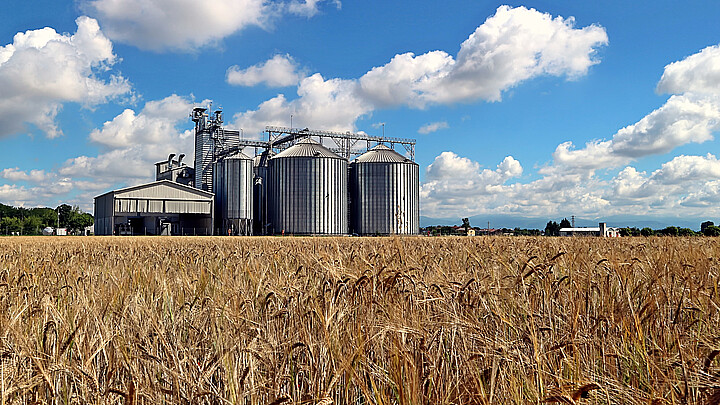Business
Inflation in Brazil may be lower than U.S. in 2022
Last year, Bolsonaro’s administration launched an aggressive interest rate tightening cycle – increasing borrowing costs from 2% to 10.75% in an attempt to mitigate growing inflationary pressures
March 1, 2022 11:37am
Updated: March 1, 2022 4:18pm
Over the last year, the Brazilian economy has shown a resilience that has surprised many economists – and gone unnoticed by others.
Last year -- despite complications such as the coronavirus pandemic and a severe drought that ravaged the country -- Brazil recorded the largest surplus in the history of its trade balance, totaling $61.2 billion, an increase of $10.8 billion compared to 2020.
The trade flow (the total sum of exports and imports) reached a value of $500 billion, with an increase of 34.2% in exports and 38.2% in imports in relation to 2020.
In addition to the favorable trade balance, Brazilian GDP also grew more than expected at the beginning of the year. In the toughest year of the pandemic (2020), the IMF said Brazil’s GDP would fall by 9.1% -- yet at the close of 2020, Brazil’s GDP had only fallen by 3.9%.
Time and time again, Brazil came out ahead in terms of negative estimates. At the beginning of 2021, for example, the IMF projected a total growth of 3.7%, but Brazil grew by 4.5% in 2021.
But Brazilian Economy Minister Paulo Gaudes made a surprising announcement on Monday, claiming that Brazil’s inflation rate is slowing and could be lower than the U.S.’ rate by the end of the fiscal year – hitting just 5%, 2 points lower than the U.S.’ record-high 7%.
In an interview with Bloomberg Television’s Shery Ahn, Guedes predicted that consumer price gains will drop from the current 10% to 5% by the end of 2022 – thanks to the government’s early removal of the incentives given during the COVID-19 pandemic.
“We contracted the fiscal policy during the recovery so there is no inflationary pressure,” he said on Monday. “Basically it’s global inflation when we talk about inflation in Brazil.”
Last year, Bolsonaro’s administration launched an aggressive interest rate tightening cycle – increasing borrowing costs from 2% to 10.75% in an attempt to mitigate growing inflationary pressures. The Fed, on the other hand, was late to the monetary game and will first start raising rates next month.
But as Brazilian journalist J.R. Guzzo stressed, even hitting 10% has not been a sign of failure for Bolsonaro’s South American economic juggernaut. Had Brazil been led by another government, inflation could thus be even higher.
Guzzo recalled that inflation reached 14% at the end of Lula-Dilma’s government in 2016, at a time when Brazil wasn’t in the throws of a global pandemic.
As ADN America’s Lucas Ribeiro recently noted, “Argentina – whose government follows an economic policy similar to that of Lula da Silva – currently is suffering an inflation rate of 50% per year.”
One can only wonder where Brazil would be were it not for a free-market friendly government.










